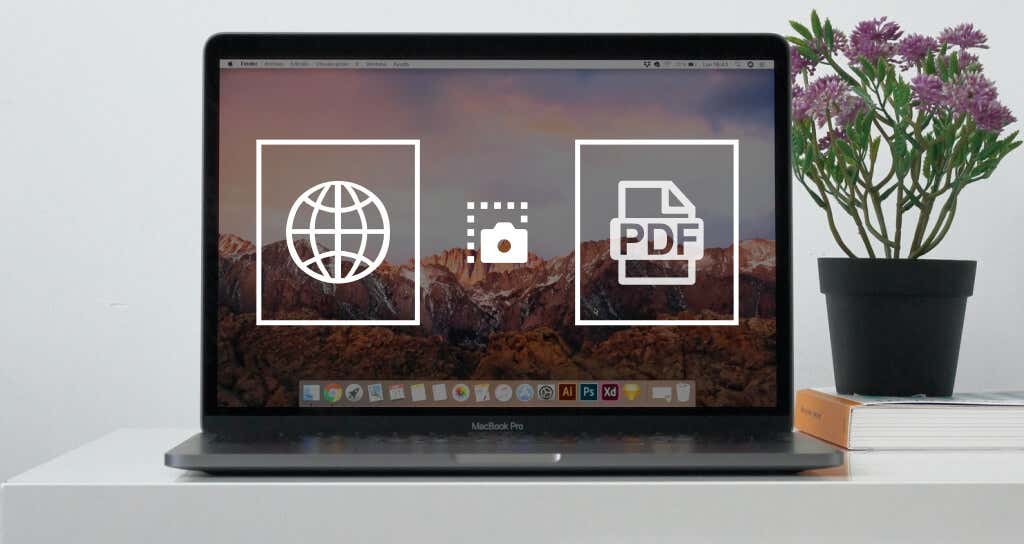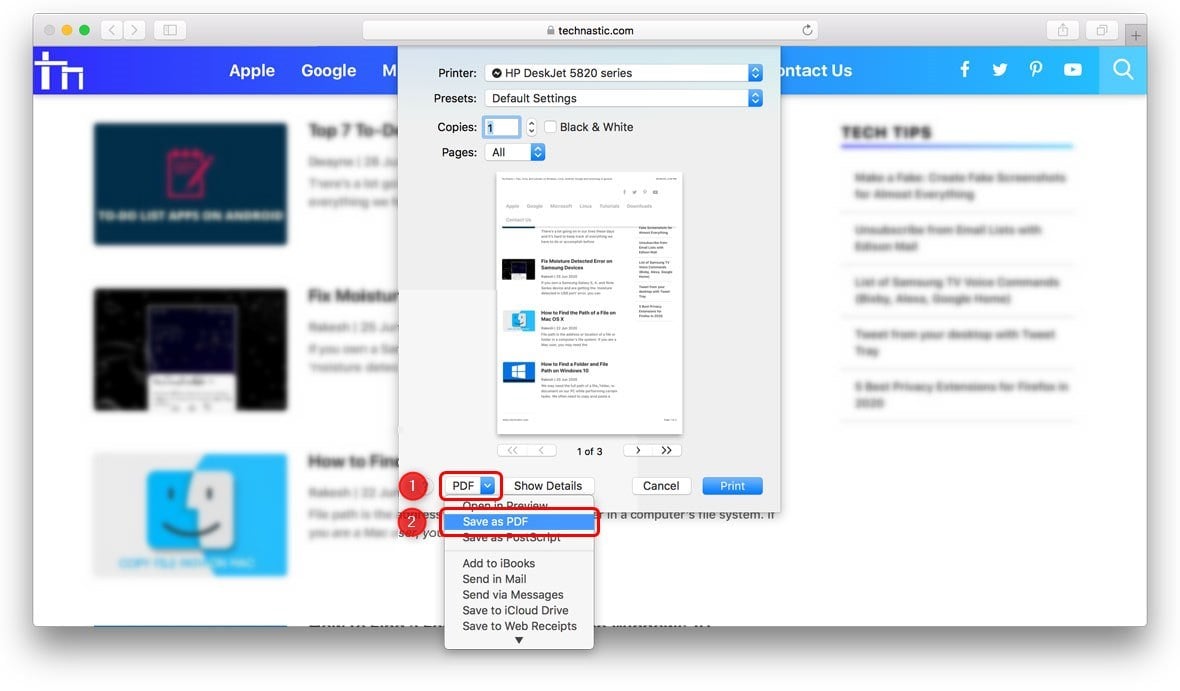


- #Save a webpage as pdf for mac how to#
- #Save a webpage as pdf for mac Offline#
- #Save a webpage as pdf for mac mac#
- #Save a webpage as pdf for mac windows#
#Save a webpage as pdf for mac windows#
In Windows the print-preview window lets you adjust the page layout from portrait to landscape, select only certain pages, and access other options by clicking Advanced. Simply click the wrench in the top-right corner and choose Print > PDF > Save as PDF. The Print as PDF approach: Google Chrome's built-in support for "printing" a page to a PDF file gives the browser an edge over Firefox and IE. Alternatively, you can click Edit > Paste Special > Unformatted text to paste plainly. In many word processors, links in the resulting text will be Ctrl-clickable. Then press Ctrl+C, open your text editor/word processor, and press Ctrl+V to paste the semi-formatted text. The text-pasting is more precise if you use the mouse to select only the text you want to copy rather than the entire page. The resulting text file includes all the text on the page, some of which you probably don't want, such as the page's site navigation. The Text Only approach: If you merely want the page's text without images and interactive elements, the fastest way is to press Ctrl+A to select the entire page, press Ctrl+C to copy it, open any word processor or text editor, and click Edit > Paste Special > Unformatted text. Microsoft's Help & How-to site provides the same information for IE 9. The Firefox Help site explains your page-saving options in that browser. When you open the local file in your browser, links, images, and other elements on the page may or may not work, depending on network connection, availability of the host Web server, and other variables. "Web Page, complete" saves the HTML file and a folder containing other elements on the page, such as images and scripts. Internet Explorer, Mozilla Firefox, and Google Chrome let you save the page at the default "Web Page, complete" setting or "Web Page, HTML only." Firefox adds two other file-save options: "Text files" and "All files."

The Content Capture approach: To copy all of the page's content, press Ctrl+S to open the Save As dialog box. Also, you won't be able to copy text from or otherwise interact with the duplicated content: it's one big image. The screen capture is fast, but you probably want to copy more of the page than can fit in one browser window, or you may want just some of the page's text or images, not the whole enchilada. Save the file as a JPEG, PNG, BMP, or other image format. (On a Mac, Command+Shift+4 lets you select the portion of the screen to capture.) Then open any image processor (such as Paint in Windows) and press Ctrl+V to paste the window or desktop capture into a new file.
#Save a webpage as pdf for mac mac#
The Quick Draw McGraw approach: The fastest way to capture what's currently in the browser window is to press Alt+Print Screen in Windows to copy the currently active window, or Command+Shift+3 on a Mac to take a snapshot of the entire screen.
#Save a webpage as pdf for mac Offline#
Here are five different ways to copy a Web page's content for offline browsing, plus a reason why you may never need to bookmark another page. Just ask anyone who has clicked a broken bookmark. Pages go offline all the time, some never to return. You may also want to record the page's content lest the information become unavailable for whatever reason.

For example, you may want to access the information without a network connection. There are many reasons why you would want to save the text and other content of a Web page. The person wanted to preserve the content of the page-text and images-in a local file rather than simply bookmark the page's link to the hosting server.
#Save a webpage as pdf for mac how to#
The other day someone asked me how to save a copy of a Web page.


 0 kommentar(er)
0 kommentar(er)
